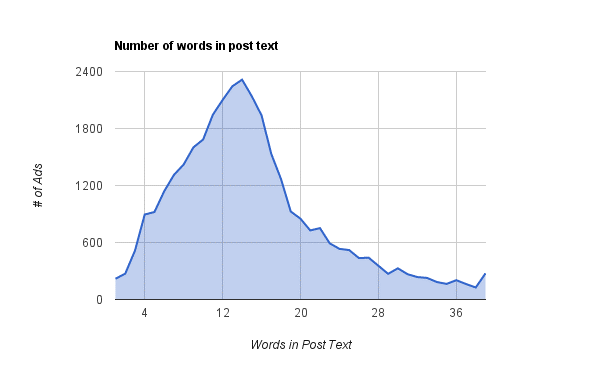The truth about perfect post times, perfect post lengths, video strategy, image optimization, posting frequency, etc.
The real truth about all of this is that there are no definitive “rules” as such. What works for your brand, and your audience, may not have any impact at all for another business.
The truth is that what really matters is the core of the content that you produce, and how that connects with your target market – but that also doesn’t mean that you should just ignore all the best practice advice out there and post whatever you want, whenever you want.
Indeed, all of the data-backed guides and tips you’ll find around these topics can be critical in helping you find the optimal process for your business. By following researched tips, you’re starting from a better position, and over time, you can refine your approach from there, in order to settle into the best practice for your brand.

But you have to start somewhere, and it’s good to have some idea of how you’re more likely to reach that end strategy.
That’s where guides like this come in – the team from Sutherland Weston have put together an infographic listing of optimal social posting lengths in order to spark more engagement.
And there are some key considerations here – like how much room you have in the preview pane and what research suggests about engagement. It’s worth noting these pointers, and either testing them out, in variance to your existing practices, or making them a starting point for your experiments.


This article originally appeared on SocialMedia Today

